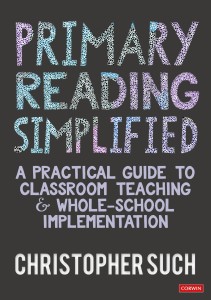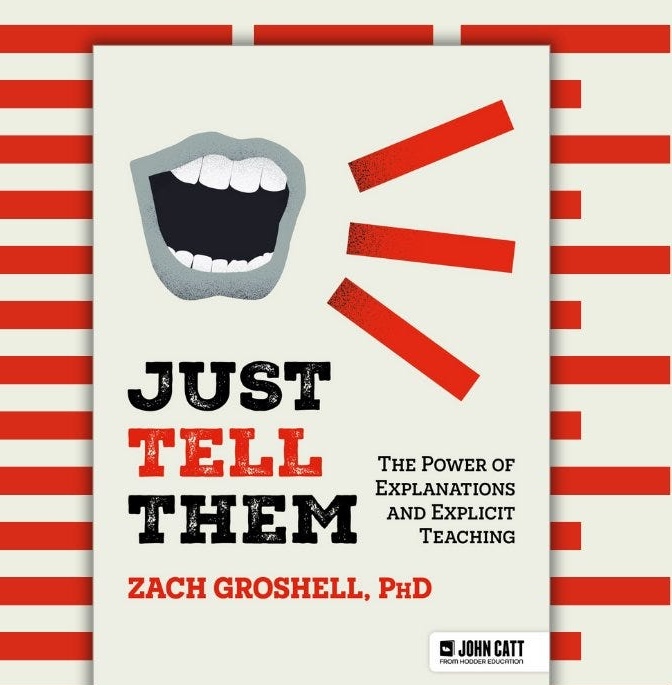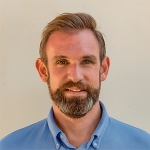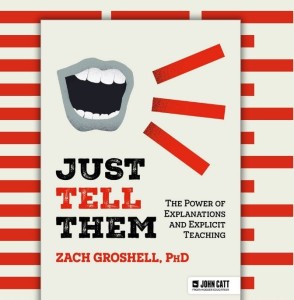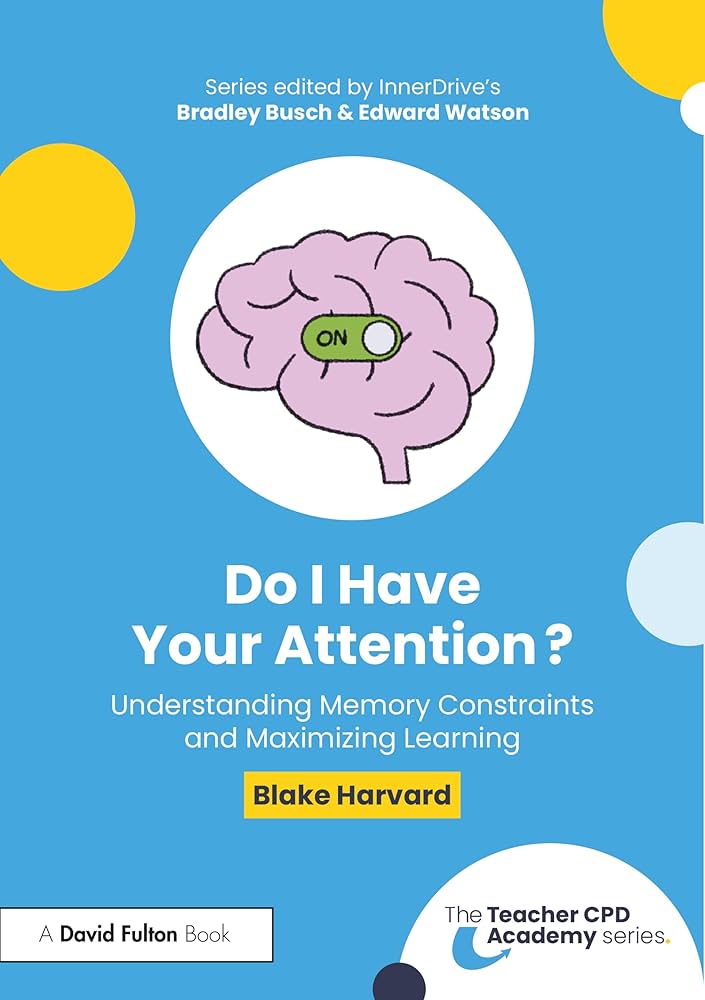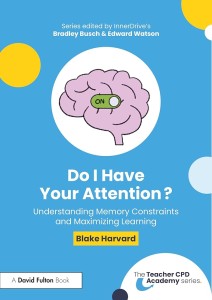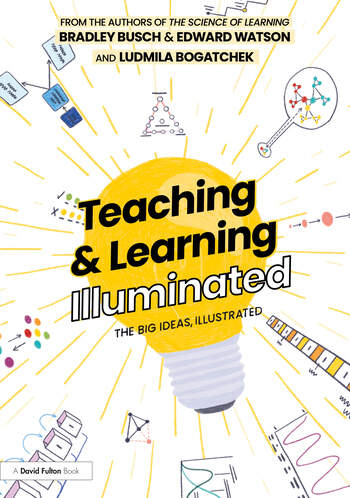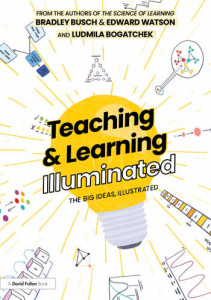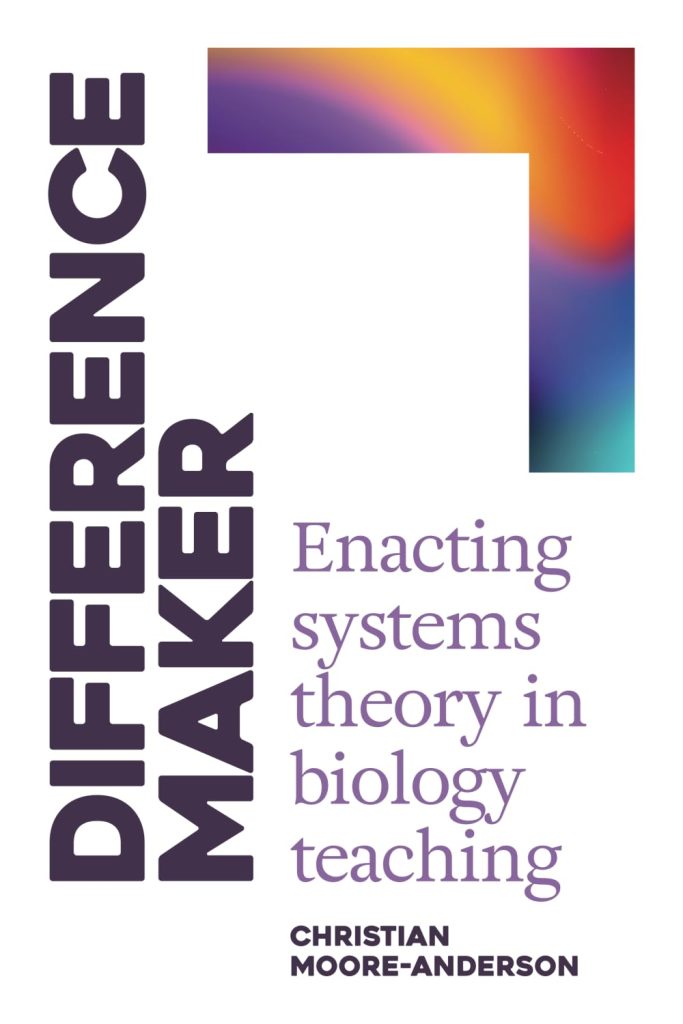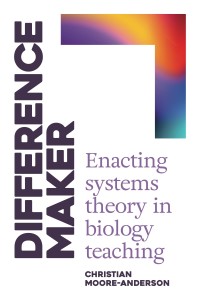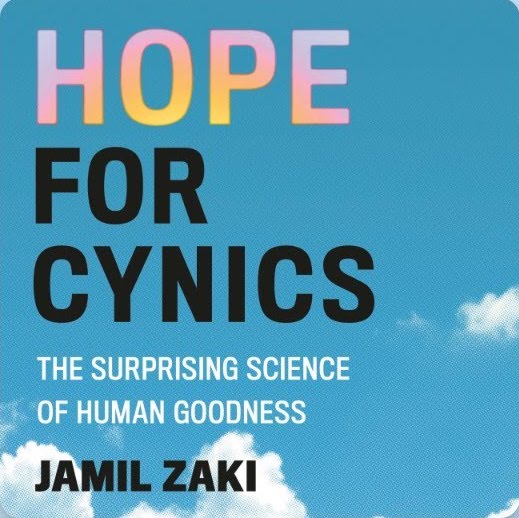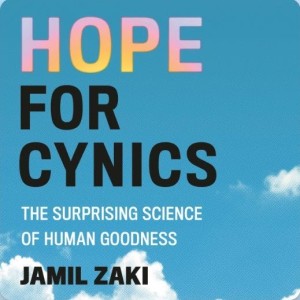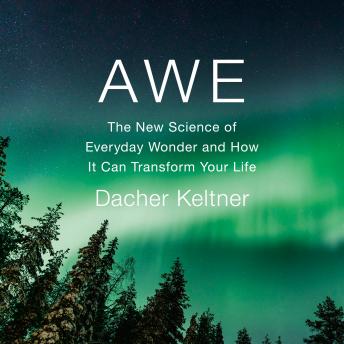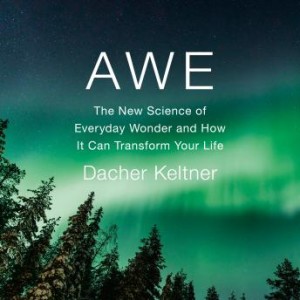Today’s guest book review is by Kim Lockhart.
Finding a new favourite book, one that checks all the boxes, is like finding a new favourite drink. You want to devour it without putting it down, while at the same time, you want to savour it so it isn’t finished too quickly. A good book leaves you feeling thirsty for more. And most of all, like all things we love, we want to share it with everyone we know so that they, too, can enjoy it and savour it as much as we do.
Christopher Such’s first book, The Art and Science of Teaching Primary Reading, was that book for me: the book that checked all the boxes, the book I didn’t want to put down, and was disappointed when it was over.
I wanted to share Such’s book with every teacher I knew because I wanted them to feel what I felt while reading it: a sense of relief that there was finally a book that contained the answers I’d been searching for throughout my career.
It was the first comprehensive, no-nonsense book on the science of reading I had come across.
Previously, most of what I knew about the reading research I had acquired from complex articles I read while working on my Masters of Education. But these research papers were not easy to read, not written in teacher-friendly language, and didn’t always make a direct connection between the research and what it looked like in classroom practice.
But Christopher Such’s book did.
Fast forward three years, and Such has done it again. He has written another can’t-put-it-down-until-it’s-finished book titled Primary Reading Simplified: A Practical Guide to Classroom Teaching and Whole School Implementation.
While Such’s first book focused on what teachers need to teach (phonemic awareness, phonics, reading fluency, spelling, etc.), his new book focuses more on the aspect of how to teach it.
In other words: teaching all the components of the reading process is not always enough. As teachers, we have to ensure that students are learning what we’re teaching. Even the most well-intentioned of teachers does not always meet this goal!
This book tells us exactly how we can work smarter, not harder, to ensure better learning outcomes for our students – making sure they ARE learning what we’re teaching.
Such’s new book includes an important aspect of teaching that is often the missing piece in other professional books for teachers. In teacher-friendly language, he shares the research and explains the reading routines, classroom habits, and evidence-based instructional strategies that are essential for learning to happen.
Take the chapter on reading fluency, for example.
Not only does Such explain why reading fluency is important for reading comprehension. He explicitly and systematically lays out the structure of an effective fluency lesson, including:
- how to pair students
- how to choose the “just right text”
- how to model reading fluency,
- when to explain new vocabulary, and even
- how long the fluency practice should be each day (Such suggests less than 30 minutes to allow for repeated reading of the text; too much time could result in disengagement and not be productive).
He leaves no guess-work for teachers.
But Such doesn’t stop at developing stronger, more effective classroom routines and systems for teachers. Part IV of the book is designed for anyone interested in school-wide and district-wide implementation of science-based reading instruction.
Until now, science-based instruction has been happening in specific classrooms, with a few individual teachers, in some school districts. In other words, it isn’t consistent. Such understands that for change to be sustainable, it needs to be implemented at the district level. These changes require fidelity, teacher support, and ongoing monitoring and commitment to change.
Chapters 13, 14, and 15 carefully outline structures for systems to be sustainable across districts. He shares the 4-Phases of implementation model (Sharples et al., 2024 as cited in Such, 2025): Explore, Prepare, Deliver, and Sustain. He also makes it clear that implementation can’t happen all at once. Instead, “implementing change across a school should be seen as an ongoing process rather than a one-off event”.
In this section of the book, Such also addresses the barriers that literacy leaders may face when trying to implement system-wide change: specifically, limited human resources, and time. He also offers practical suggestions for overcoming those barriers, including:
- very clear expectations and vision,
- flexible adaptations,
- and the need to put other, lower-priority changes aside to focus on one priority and sustain it.
Such eloquently concludes this section of the book by explaining, “implementation is most likely to succeed if all involved feel it is something being done with them rather than something done to them.” (Such, 2025, p. 136).
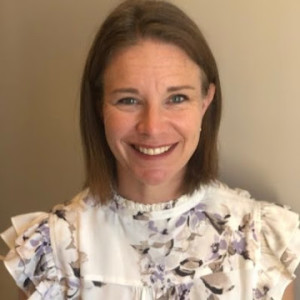
Echoing the format of Such’s first book, each chapter of his new book is short and dense with evidence-based information in manageable chunks. I love this format because it is practical for busy teachers like me. If I have only 10 minutes to read a snippet before I have to run outside for recess duty, I can easily read a few paragraphs in a chapter, learn something, and know exactly where to return when I have time again.
Likewise, each chapter of Primary Reading Simplified concludes with an “In a Nutshell” section that reviews and highlights key information from the chapter. Such also includes the section “Further Reading” for science-of-reading-nerds like me who want to learn more. He even includes a retrieval-practice quiz for each chapter. (To be honest, I am often too scared to quiz myself because I fear that I won’t be able to remember as much as I hope to, despite my greatest efforts.) Best of all, each chapter concludes with a section called “Questions for Professional Discussion.”
Because reading proficiency is not the sole responsibility of the classroom teacher, I highly recommend Primary Reading Simplified for all teachers, reading specialists, literacy coaches, and administrators. Reading instruction is our shared responsibility. As Christopher Such says himself, “Our pupils deserve no less.”
Kim Lockhart is a French Immersion classroom teacher and Special Education teacher in Kingston, Ontario. She holds a Master of Education (M.Ed) degree with a research focus on evidence-based practices to support second language learners with reading difficulties. Kim has her Orton-Gillingham Classroom Educator certificate, CERI Structured Literacy Classroom Teacher certification, and was a Structured Literacy coach for the International Dyslexia Association of Ontario for 2 years. In 2022, Kim worked for the Ontario Ministry of Education as a Content Contributor for the new science-based Language Curriculum and has also presented for the Ontario Minister of Education, Stephen Lecce and his team after the release of the OHRC’s Right to Read report. She is currently teaching part-time at Vancouver Island University’s (VIU) Faculty of Education in the Literacy, Language and Learning Graduate program. Kim is passionate about the Science of Reading and strives to empower educators, parents and caregivers to be more knowledgeable, stronger advocates for all children’s right to read across Canada.


